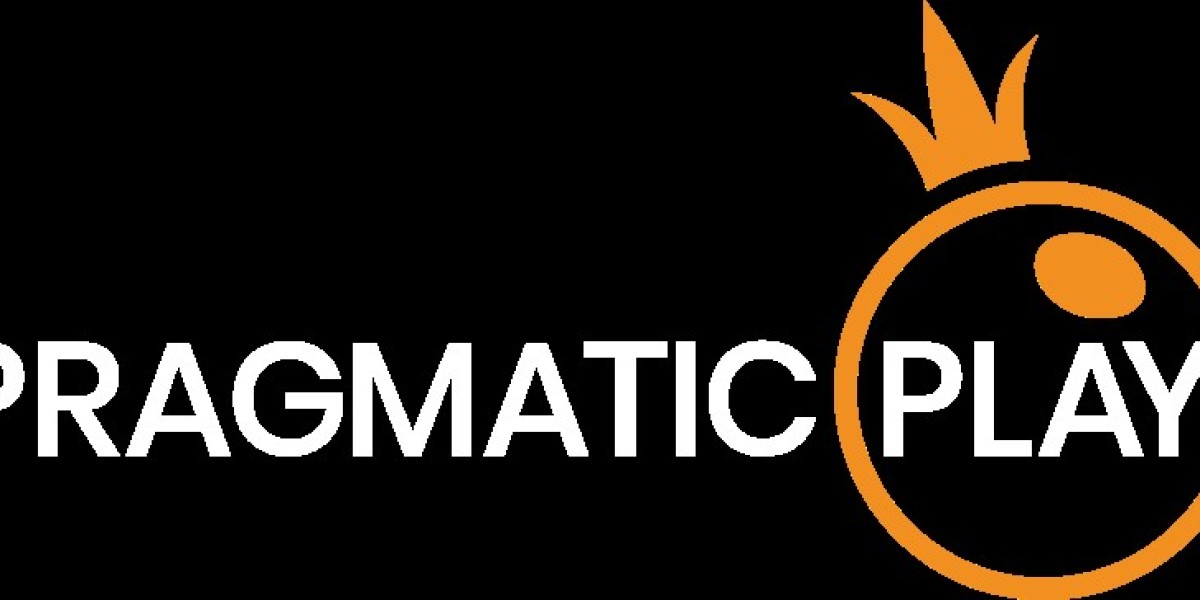A lot of contemporary philosophical theories are based on semantics. Brandom, for example, focuses on the meaning of words (albeit from a pragmatic perspective).
Others take a more holistic approach to pragmatics, like relevance theory, which aims to understand how an expression is perceived by the person listening. This view tends to ignore other aspects of pragmatics for instance, epistemic discussions about truth.
What exactly is pragmatism?
Pragmatism offers an alternative to continental philosophy and analytic philosophy. It was developed by Charles Sanders Peirce. It was expanded by his colleague and friend William James, and later developed by Josiah Royce. It had a profound effect on areas of inquiry from theology of philosophy to philosophy of science, but also ethics as well as philosophy of politics and language. The pragmatist tradition continues grow.
The core of classical pragmatism is the pragmatic maxim, a principle for clarifying the meaning of hypotheses by exploring their 'practical implications that they have for the experience of specific circumstances. This gives rise to an epistemological view that is a type of 'inquiry-based epistemology', and an anti-Cartesian explication of the rules that govern inquiry. Early pragmatists, however, generally disagreed on the issue of whether pragmatism should conceive of itself as a philosophical system that is based on a monism regarding truth (following Peirce), or a broad-based alethic pluralism (James and Dewey).
How to comprehend knowledge is the main concern for pragmatists. Rorty is one of the pragmatists who is skeptical of notions of knowledge built on "immediate experiences". Others, like Peirce or James, are skeptical of the correspondence theory, which holds that true beliefs are those which accurately reflect reality.
Other issues in pragmatism include the relationship between beliefs and reality, the nature of human rationality, the significance of values and virtues, and the meaning of life. Pragmatists have also developed a broad range of methods and ideas in areas such as semiotics and philosophy of language, philosophy of religion and philosophy of science, ethics, and theology. Some, like Peirce and Royce are epistemological relativists. However, others contend that this kind of relativity is a serious misguided idea. The 20th century was marked by the resurgence of interest in classical pragmatics. This led to a number new developments. These include a "near-side" pragmatics which is concerned with the resolution of ambiguity indexicals, demonstratives and anaphors. There is also a "far-side" pragmatics which analyzes the semantics in discourses.
What is the relationship between what you say and what you do?
Semantics and Pragmatics are regarded as being at opposite ends of the continuum. On the side that is near, semantics are seen as a concept, whereas pragmatics is on the far side. Carston, for instance, claims that modern pragmatics follows at least three principal lines: those who see it as a philosophy in the tradition of Grice as well as those who are focused on its interaction with grammar, and those who are concerned about the meaning of utterances. Near-side pragmatics is believed include issues like resolution of ambiguity and ambiguity in reference to proper names, indexicals and demonstratives, anaphors, and presupposition. It is also believed to address some issues that involve definite descriptions.
What is the relationship between pragmatism and semantics?
Pragmatics is the study of meaning within the context of language. It is a component of linguistics which studies the way people utilize language to convey various meanings. It is often contrasted to semantics, which examines the literal meaning of words within a sentence or broader chunk of discourse.
The relationship between pragmatism, semantics and their interrelationship is complex. The primary difference is that pragmatics considers other factors than literal meanings of words, which includes the intended meaning and the context in which a statement was made. This lets a more naive understanding to be formed of the meaning of a sentence. Semantics also concentrates on the relationship between words whereas pragmatics is more focused on the connections between interlocutors as well as their context.
In recent years the neopragmatism movement has been focusing heavily on the philosophy of language and metaphilosophy. It has largely abandoned the value theories and metaphysics of classical pragmatism. However, some neopragmatists are working on the development of an ethics of metaphysics based on principles of classical pragmatism on pragmatics and pragmatickr experiences.
Classical pragmatism was initially developed by Charles Sanders Peirce and William James. Both were influential thinkers and published a number of books. Their writings are still well-read to this day.
Although pragmatism can be considered an alternative to the mainstream analytic and continental philosophical traditions however, it does not come without its critics. For example some philosophers have claimed that pragmatism is just a form of deconstructionism and is not truly an innovative philosophical method.
In addition to these critics, pragmatism was challenged by technological and scientific developments. For instance, pragmatists struggled to reconcile their opinions on science with the development of evolutionary theory, which was developed by a non-pragmatist Richard Dawkins.
 Despite these challenges, pragmatism continues to grow in its popularity throughout the world. It is an important third alternative to the continental and analytic philosophical traditions, and has a variety of practical applications. It is a rapidly growing area of inquiry, with numerous schools of thought forming and incorporating elements of pragmatism into their own philosophy. If you are interested in learning more about pragmatism, or applying it in your everyday life, there are plenty of sources available.
Despite these challenges, pragmatism continues to grow in its popularity throughout the world. It is an important third alternative to the continental and analytic philosophical traditions, and has a variety of practical applications. It is a rapidly growing area of inquiry, with numerous schools of thought forming and incorporating elements of pragmatism into their own philosophy. If you are interested in learning more about pragmatism, or applying it in your everyday life, there are plenty of sources available.







